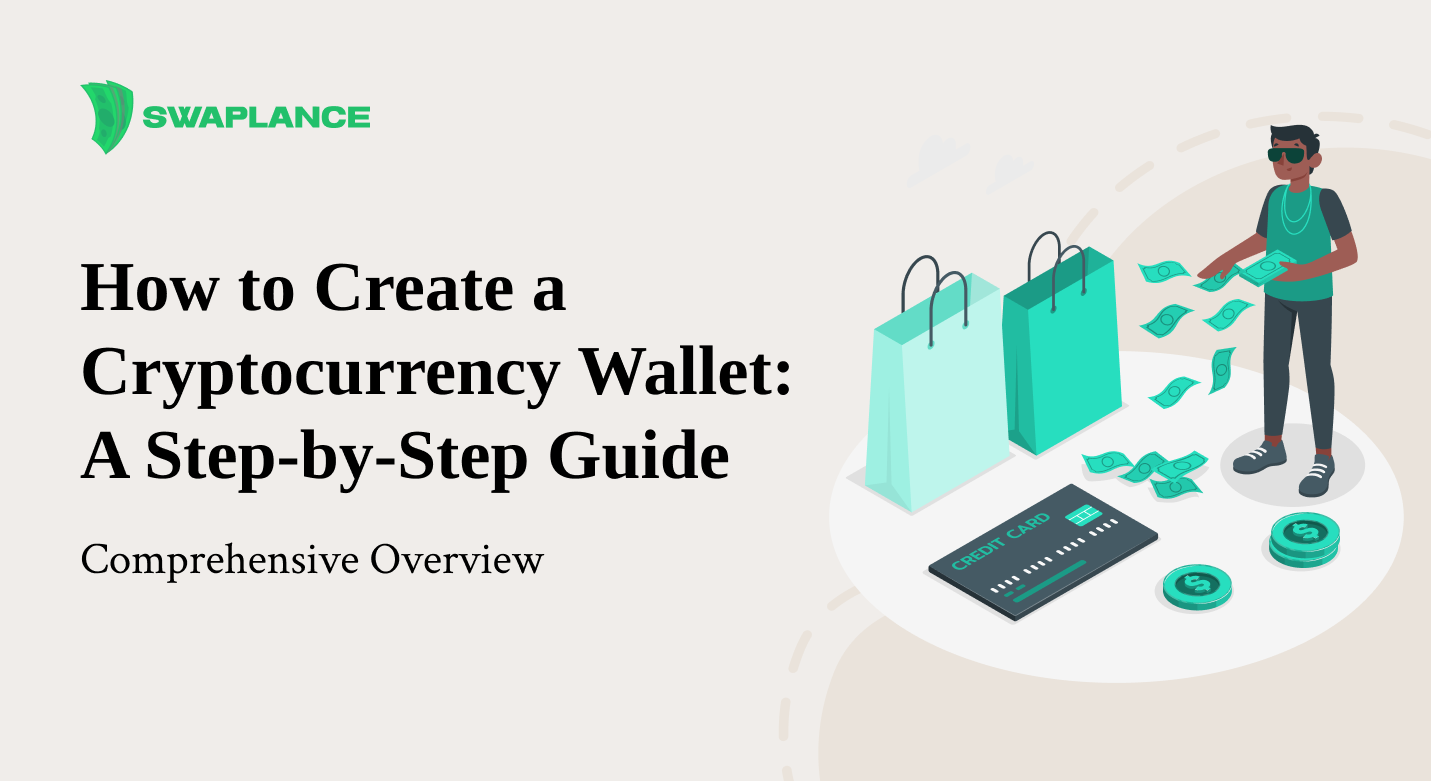Blog

Thinking about diving into cryptocurrency? You're not alone. Over 420 million people globally have already invested in digital currencies like Bitcoin and Ethereum. But with countless options and constant market changes, how do you confidently navigate buying and selling cryptocurrency? Don't worry—this detailed guide will break it down clearly, step by step.

Sending and receiving cryptocurrency with Coinbase is simple, fast, and secure. But how exactly does it work? How can you avoid common mistakes, keep your funds safe, and make the most of what Coinbase has to offer? This guide answers all of that — from how to send bitcoins with Coinbase to transferring crypto to an external wallet. Let’s dive in!

Cryptocurrency is no longer a niche idea for tech-savvy developers. It's now a powerful tool for innovation, business models, and digital communities. So, if you’ve ever wondered how to create a cryptocurrency — you’re not alone.

Creating a cryptocurrency wallet is the first essential step to securely managing your digital assets. Whether you're diving into crypto for investment or day-to-day transactions, a reliable wallet ensures your assets remain safe and accessible. In this guide, we'll walk you through how to create a cryptocurrency wallet, set it up, and choose the best option for your needs.

Blockchain technology is a revolutionary digital ledger system of recording information in a way that makes it difficult or impossible to change, hack, or cheat the system. In simple words, blockchain is a decentralized and distributed ledger that records transactions across multiple computers. This ensures that data remains secure and transparent without the need for intermediaries.

Cryptocurrencies are decentralized digital or virtual currencies that use cryptography for security, making them resistant to counterfeiting and double-spending. Unlike traditional currencies, cryptocurrencies operate on blockchain technology, a distributed ledger maintained by a network of computers (or nodes). The most popular cryptocurrency, Bitcoin, was introduced in 2009, and since then, thousands of different cryptocurrencies with various features and uses have emerged.

Blockchain wallets are integral to managing digital assets securely and efficiently in the evolving crypto landscape. In this article, we’ll explore what blockchain wallets are, how they work, their associated fees, and the security measures in place to protect users. Additionally, we’ll discuss the best practices for effectively accessing and using a blockchain wallet.

The concept of smart contracts has revolutionized how agreements are executed, particularly in the blockchain ecosystem. With their ability to automate, secure, and streamline processes, smart contracts are rapidly gaining traction across various industries. This article delves into what smart contracts are, how they work, and the role they play in blockchain technology.

Have you ever wondered how many cryptocurrencies exist? A few hundred? Maybe a thousand?… Well, try over 7,000 according to CoinMarketCap. With so many to choose from, you might want to try out new cryptocurrencies. But how can you go about it?